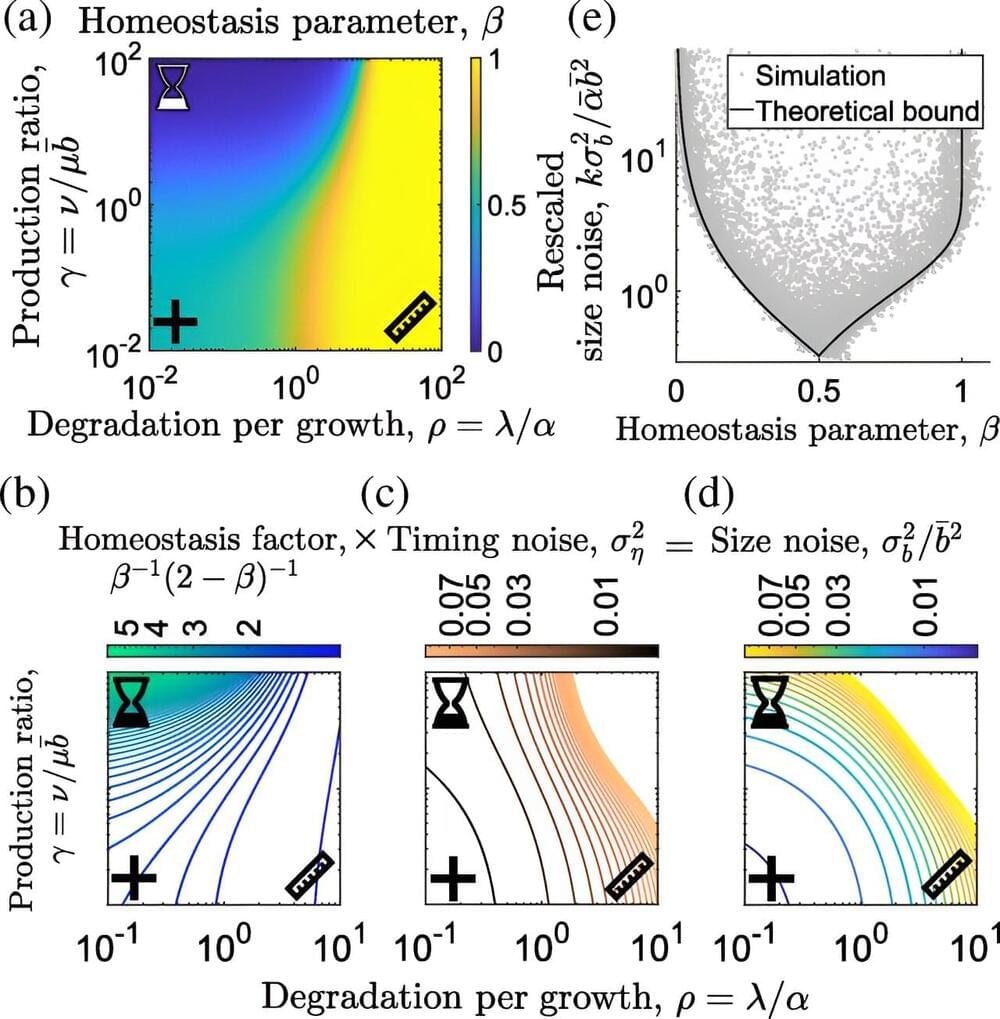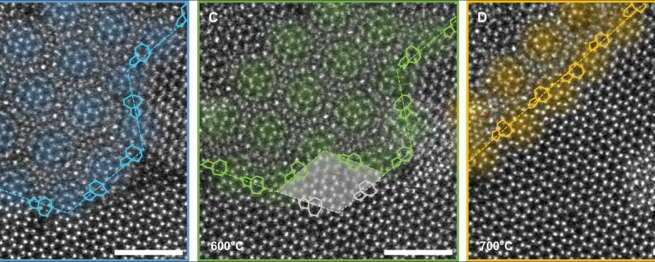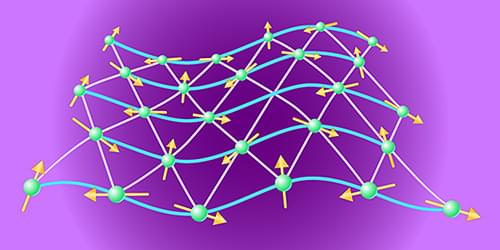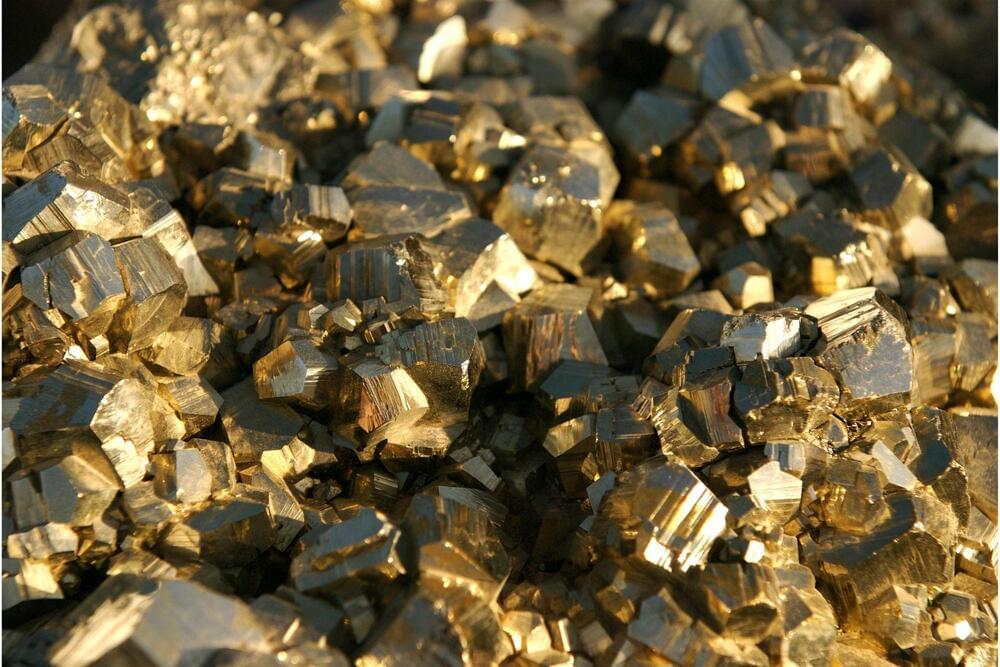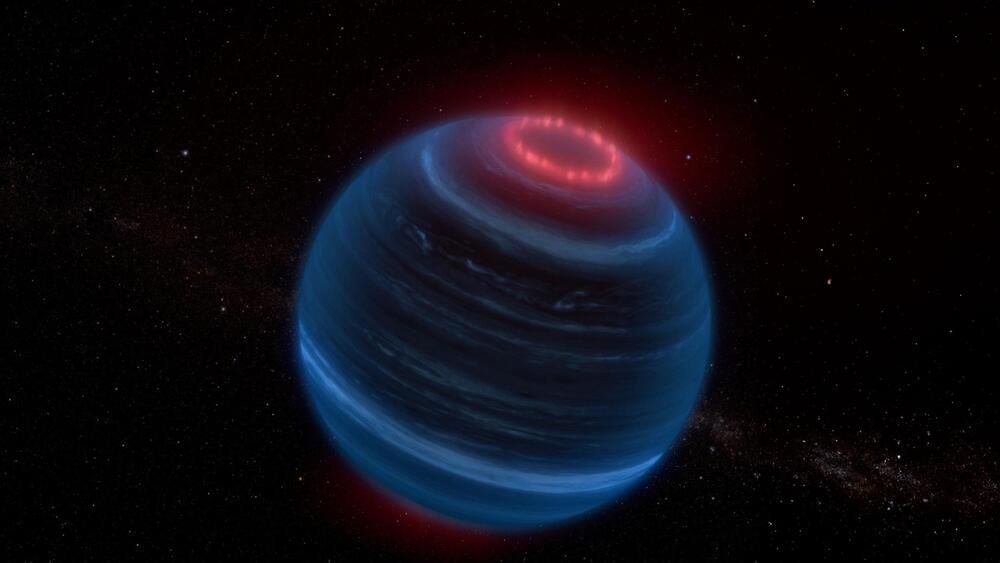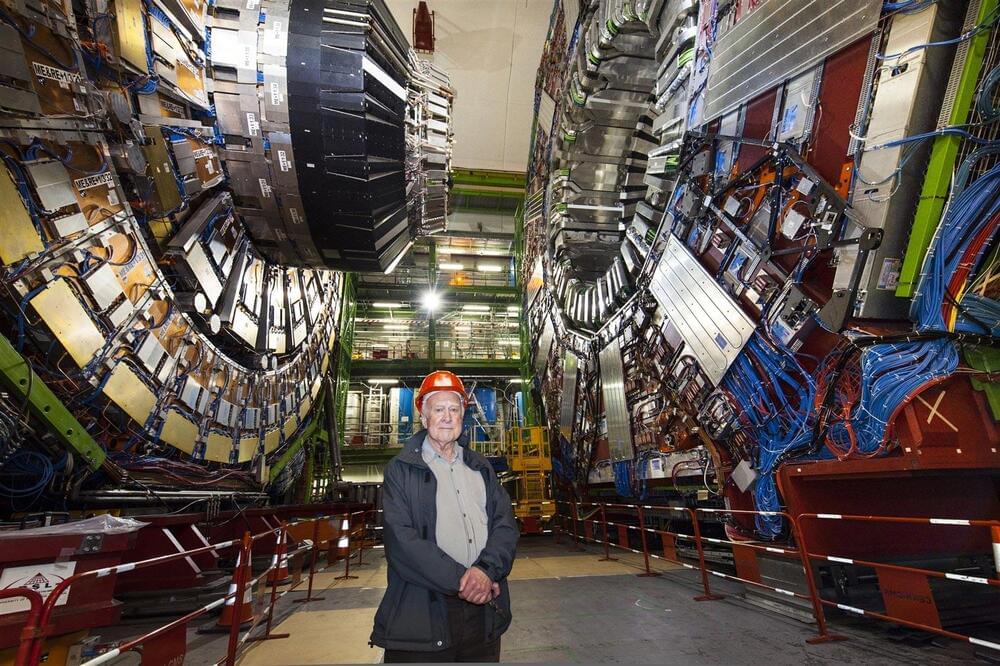Apr 17, 2024
Global study reveals health impacts of airborne trace elements
Posted by Saúl Morales Rodriguéz in categories: biotech/medical, health
As anyone with seasonal allergies knows, unseen airborne particles can really wreck a person’s day. Like the tree pollen that might be plaguing you this spring, small concentrations of trace elements in the air can have significant negative impacts on human health. However, unlike pollen counts and other allergy indices, which are carefully tracked and widely available, limited knowledge exists about the ambient concentrations of cancer-causing trace elements like lead and arsenic in urban areas of developing countries.

